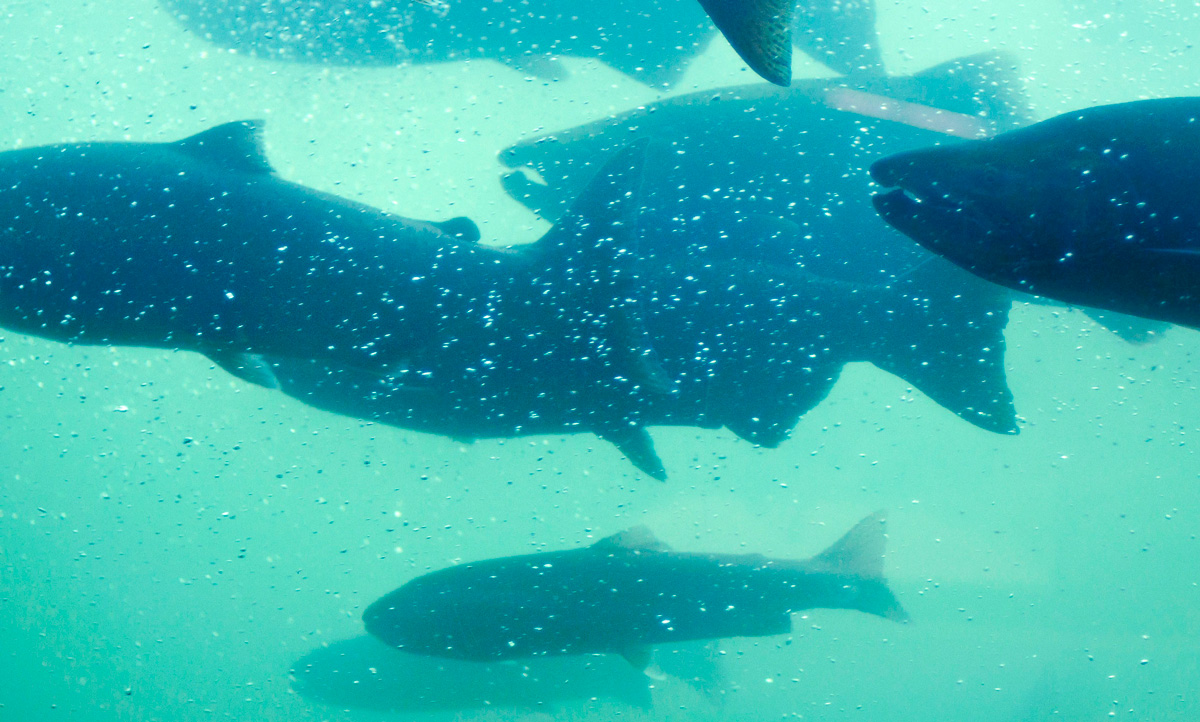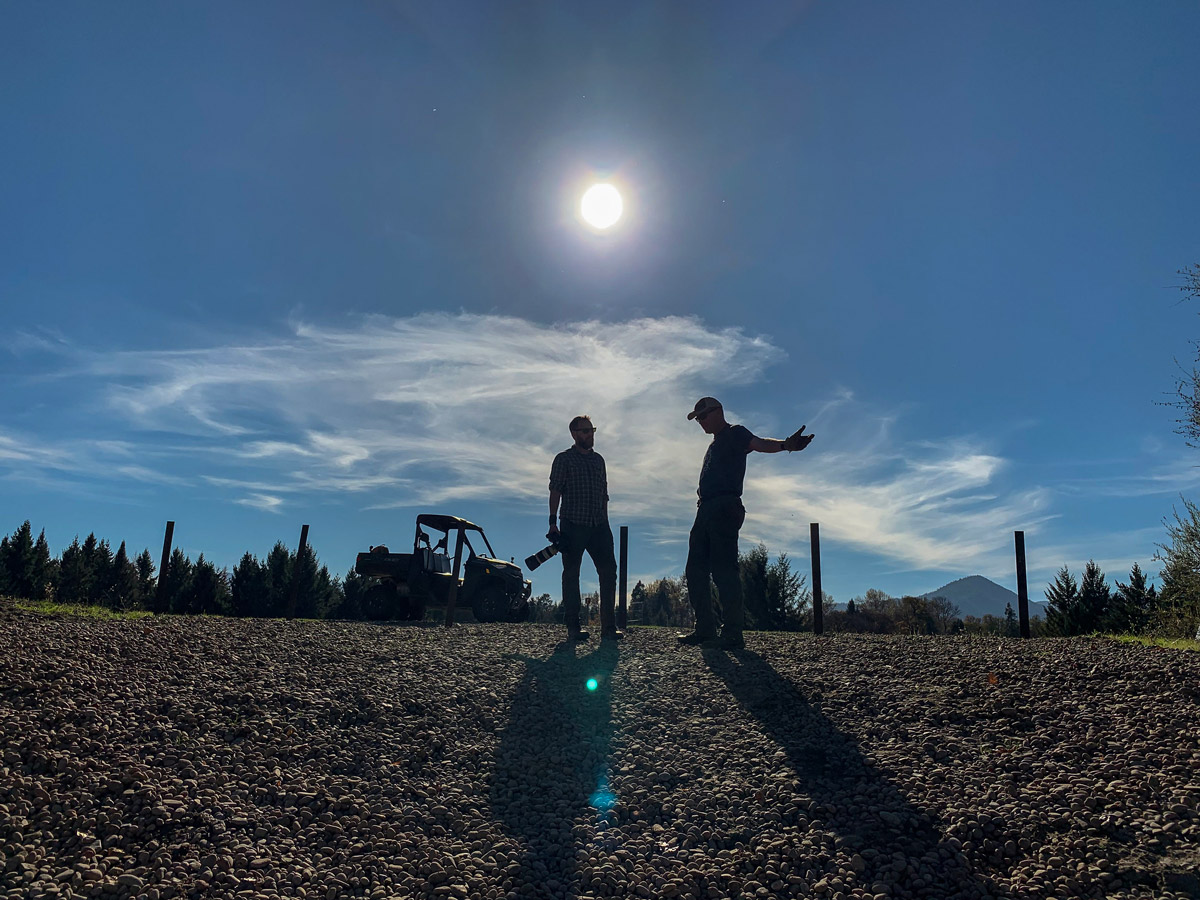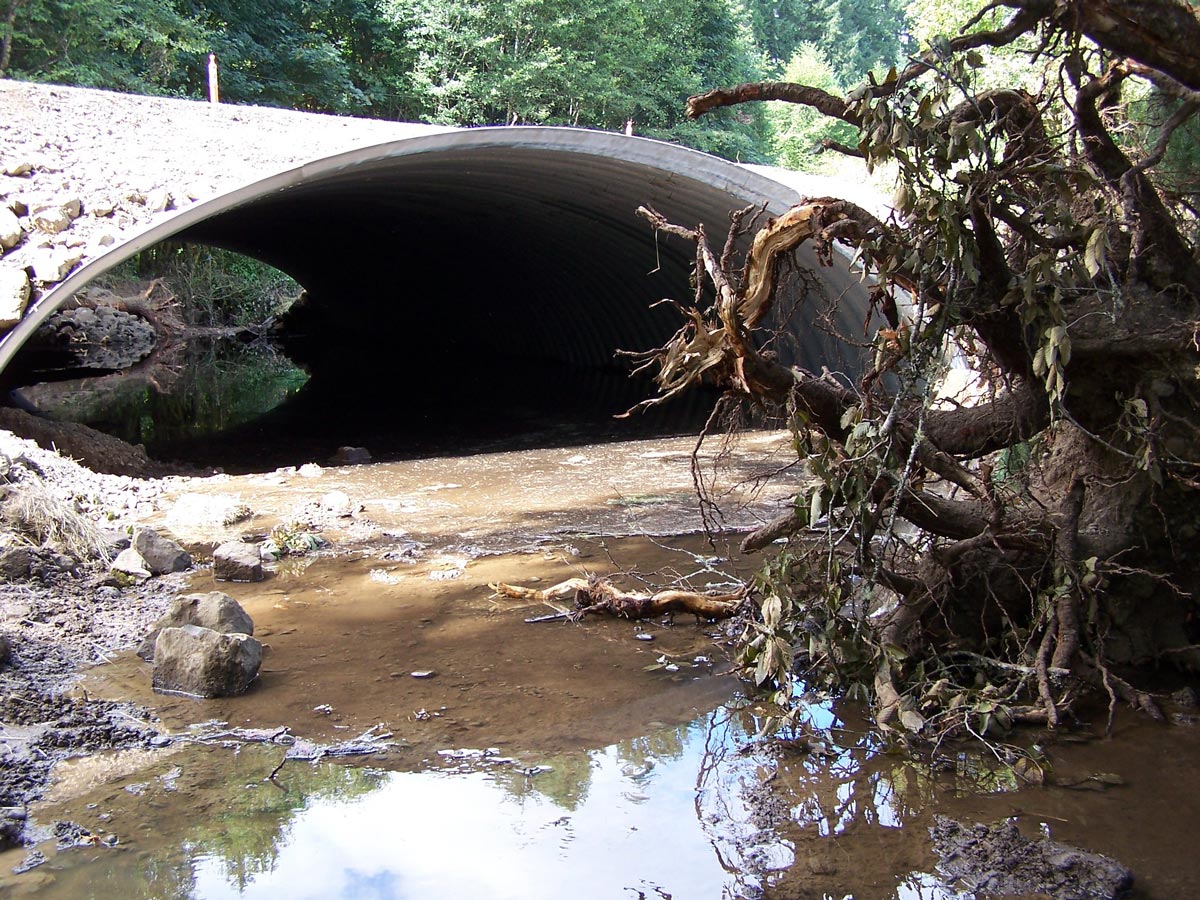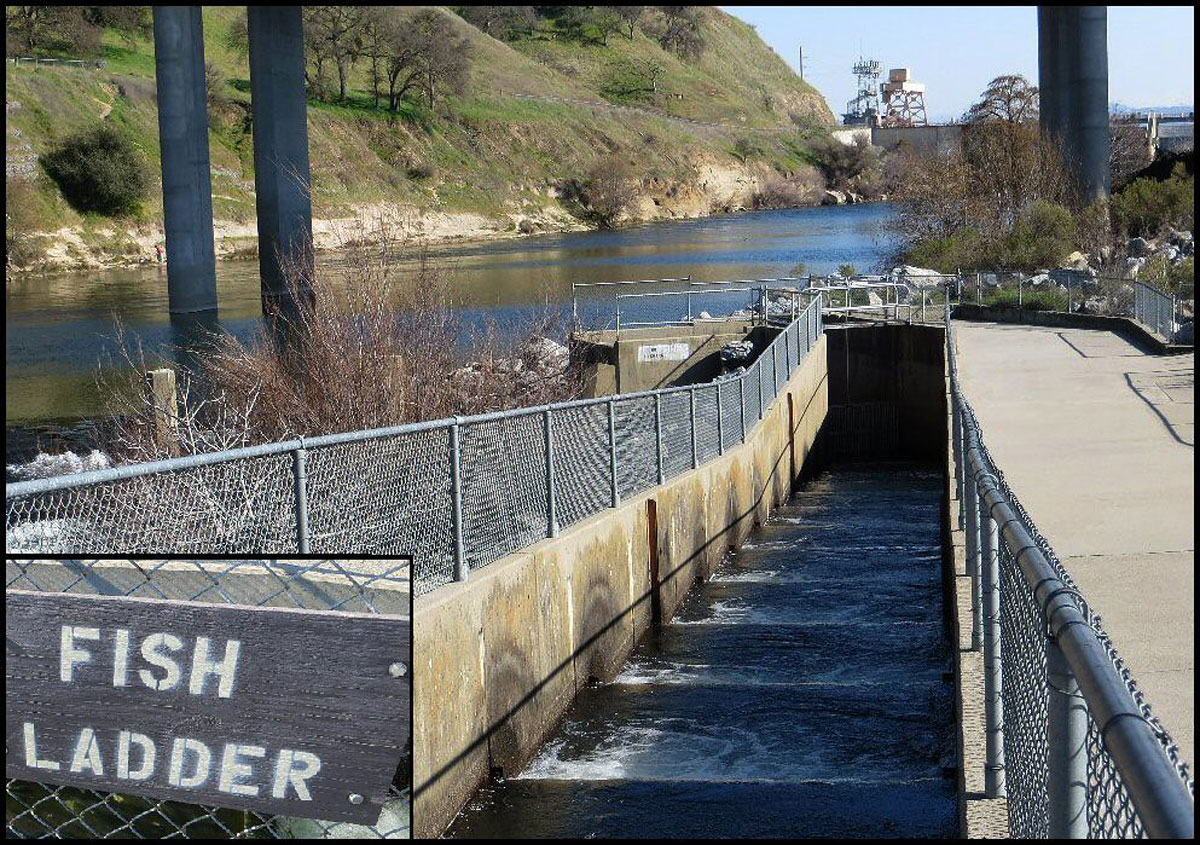Sportsmen and women applaud the state’s assessment of threats to winter range and migration corridors and recommended conservation actions
Today Colorado Parks & Wildlife released its 2020 Status Report on Big Game Winter Range and Migration Corridors, a significant milestone in its work to conserve critical seasonal habitat and a direct result of Governor Jared Polis’ 2019 executive order on this issue. Sportsmen and women welcome the publication as a valuable resource to improve the conservation of big game winter range and migration corridors, as well as the agency’s commitment to this opportunity.
The report provides the public with a foundational understanding of the best-available science regarding Colorado’s migratory big game populations, including mule deer, elk, pronghorn, bighorn sheep, and moose. It also provides a snapshot of ongoing research on big game and areas requiring further study. Furthermore, Colorado Parks & Wildlife includes in the report a series of recommended actions to address the various threats to big game migration in the state.These recommendations set the stage for the next of the directives in Governor Polis’ order: a report to be completed by July 1 that includes policy actions necessary to conserve big game and their habitat.
“One of the biggest issues facing the conservation of big game migration corridors and seasonal habitats is ensuring policy is grounded in the most current science,” said Dr. Ed Arnett, Chief Scientist for the Theodore Roosevelt Conservation Partnership. “This report provides a good foundation to tackle that challenge and offers a blueprint to guide the work of state and federal agencies as well as their partners. Colorado Parks & Wildlife should be commended for their work and vision for big game conservation.”
In addition to outlining how the state manages and studies these big game animals, as well as summarizing the most up-to-date science regarding their populations, seasonal habitats and migration routes, and the threats they face, the report provides a forward-looking assessment of what is needed to ensure Colorado’s big game migrations continue well into the future. For each general category of conservation threat, such as transportation, the agency identifies specific problems and actions it will take to mitigate potential harm to big game populations. Along similar lines, Colorado Parks & Wildlife has produced a multifaceted list of short- (1-3 years) and long-term needs for additional data and better management.
“Colorado’s wildlife resources and hunting opportunities are second-to-none across the West, and the leadership shown by decision-makers and agency staff to conserve big game migration corridors will ensure that legacy continues well into the future,” said Madeleine West, Director of the Center for Western Lands with the Theodore Roosevelt Conservation Partnership and a Colorado resident. “This report has established a strong model that we hope other states will emulate.”
This report builds on a recent announcement from the Bureau of Land Management, included in a press release regarding its revision of the Uncompahgre Resource Management Plan, that the Colorado BLM has committed to updating its land use plans in the state to ensure management allocations are in accordance with the best-available habitat and migration science. Existing federal agency plans generally do not account for recent advances in science and technology demonstrating increased precision on how and where big game species move across the landscape.
“The Colorado BLM deserves a pat on the back for its commitment to updating management plans for the special consideration and management of habitats that allow big game animals to migrate,” continued West. “The hunting and fishing community looks forward to engaging productively in the BLM’s planning process to ensure the success of these efforts.”
What others are saying:
“We commend the Colorado Department of Natural Resources and Colorado Parks and Wildlife for their continued focus on big game migration corridor conservation, in keeping with Colorado’s executive order and the Interior Department’s secretarial order. This report is a testament to the tireless work of Colorado’s wildlife managers and professionals in documenting the behavior of Colorado’s big game species over the last several decades. With one of the largest elk herds in the country, and a deer population that is struggling to maintain its numbers, the report provides a great foundation to move forward with collaborative planning efforts that safeguard Colorado’s big game herds, migratory corridors and important wildlife habitats, as well as Colorado’s outdoor legacy.”
Robin Knox
President, Colorado Wildlife Federation
“Mule deer populations in some parts of Colorado have been in decline for several years, and sporting groups like ours have been working with Colorado Parks & Wildlife and other partners throughout the state to improve the health of our herds. As research shows, winter ranges and migratory habitat are vital for mule deer survival and recruitment. This report brings home the connection between scientific data and boots-on-the-ground conservation, and hunters appreciate the seriousness with which wildlife managers in Colorado are approaching the issue of big game migration.”
Steve Belinda
Conservation Director, Mule Deer Foundation
Photo: Larry Lamsa via Flickr










Yes we need protection of area were for generations emigrated my natural plus it good for all
Hate to tell you this but migration corridors won’t be needed if we don’t find a way to stop spread of Chronic Wasting Disease! NOTHING is more important! The rate of spread from it’s Wuhan epicenter in Ft Collins, Colo will be catastrophic if we are unable to find the cure!! And to think there are idiots out there who also want to reintroduce wolves to Colorado!!?? Gun to the head!